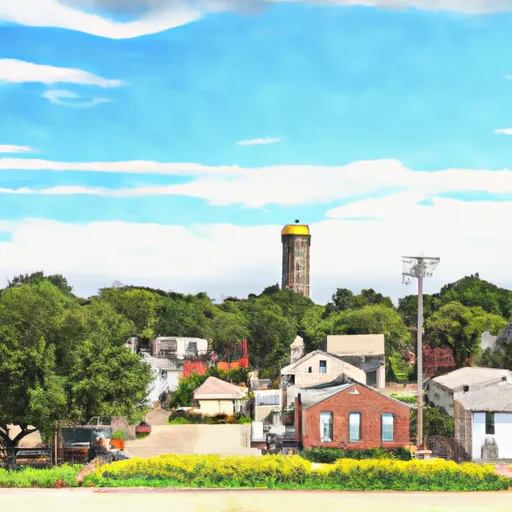°F
°F
mph
Windspeed
%
Humidity











Slater, Iowa, is a small town located in Story County with a population of around 1,500 people. The climate in Slater is considered to be a humid continental climate, characterized by warm summers and cold winters. Average high temperatures in the summer range from the mid-80s°F to low 90s°F, while in the winter, temperatures drop to the low 30s°F. Precipitation is fairly evenly distributed throughout the year, with an average annual rainfall of around 36 inches.
Slater is situated near the South Skunk River, which provides hydrology constituents to the area. The river offers opportunities for fishing, boating, and other water-based activities. Anglers can find popular species such as catfish, bass, and bluegill in the river.
Outdoor recreation enthusiasts will find several opportunities in and around Slater. The town boasts parks and green spaces where residents and visitors can enjoy picnicking, walking, and playing sports. Additionally, there are nearby trails for hiking and biking, including the High Trestle Trail, which offers scenic views of the Des Moines River Valley. This trail is particularly famous for its striking High Trestle Bridge, which provides a unique experience for nature enthusiasts.
Weather Forecast
Slater receives approximately 897mm of rain per year, with humidity levels near 81% and air temperatures averaging around 10°C. Slater has a plant hardyness factor of 5, meaning plants and agriculture in this region thrive during a short period during spring and early summer. Most plants will die off during the colder winter months.
Regional Streamflow Levels
8
Cubic Feet Per Second
63
Cubic Feet Per Second
8
Cubic Feet Per Second
205
Cubic Feet Per Second
Nearby Camping
| Camping Area | Reservations | Toilets | Showers |
|---|---|---|---|
| Carver Park Reserve | |||
| Bogard City Park | |||
| Baker Park Reserve | |||
| Sakatah Lake State Park | |||
| Minnesota Valley Rec Area | |||
| Farrington City Park |



